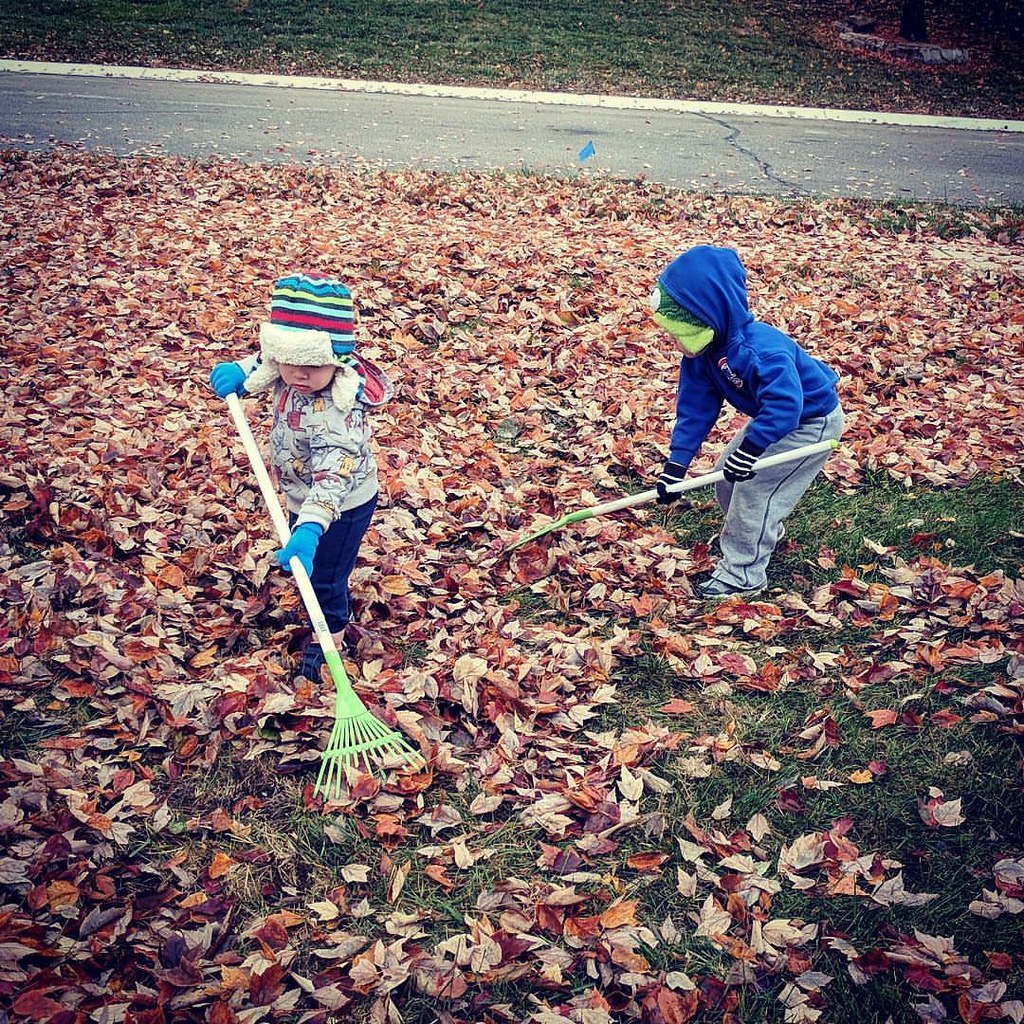The rains may have started, but there’s still plenty that needs attention in the garden – if you’re up for it. Layer up and dodge the raindrops and you’ve got plenty of time to plant, transplant, evaluate and plan for next year.
Gardeners tend to think of fall as the time to put bulbs in the ground, but the warm soil and increasing moisture make it a great time to plant most anything, according to Brooke Edmunds, an Oregon State University Extension Service horticulturist. Transplanting can also be done now, though it’s best to move plants that have started to go dormant. If you’ve got a plant that’s still actively growing, flag it and transplant in spring.
In terms of cleaning up the garden, the choice is yours, Edmunds said. Some people like a spic and span look over winter, but leaving some areas of the garden undisturbed will provide shelter for beneficial insects and food for birds and other wildlife. For more information see the OSU Extension article Should I wait to clean up the garden in order to help conserve insects by Gail Langellotto, OSU Extension Master Gardener coordinator and professor in the College of Agricultural Sciences. Whether you decide to cut back and discard perennials or leave them alone, be sure to dispose of any diseased or pest-infested plant material.
Edmunds also recommends several ways to use fallen leaves. Many gardeners refer to leaves as “garden gold” because they are so useful. Protect empty beds with leaves (straw or other organic matter work, too). A layer of leaves as mulch on the soil surface will protect the soil from compaction and erosion from winter rains.
Shred some leaves to decompose in garden beds. This feeds the soil’s microbes, which release nutrients for plants. Use your lawnmower to run over leaves to shred them and then mix in to the top inches of the soil to breakdown over the winter. If you have a thin layer of leaves on the lawn you can use a mulching mower to leave the shredded leaves in place to “feed” the lawn.
Stockpile leaves in a dry spot to add to the compost pile in spring when there is more green material like grass clippings to balance it out. For information, see
Clueless about compost? Expert shares timely tips. For information about how to use compost, see
How to Use Compost in Gardens and Landscapes.
Here are some additional fall gardening activities suggested by Edmunds:
- Collect seed of annuals such as zinnias, marigolds, dill and sunflowers (if you can harvest before the squirrels!). Dry them and put in labeled envelopes and store in a cool, dark spot. The refrigerator will work. You can also freeze them.
- Take stock of the garden before everything dies down to determine what went wrong and what went right. Think about what is too tall for the front of the bed and should be moved to the back and vice versa. Make notes in a journal or an app.
- Evaluate the vegetable garden. What varieties grew and produced well? What didn’t? What was too big for the space? Make a list of what you want to plant next year and what you will forgo.
- Start a worm compost bin to manage your kitchen scraps. Worm bins can be kept inside or outside in a protected area like a garage, shed or deck.
- Don’t neglect to clean, sharpen and oil your pruners, Edmunds said. Use soap and water to clean off mud and sap, dry thoroughly to remove all moisture, use a flat file (you can find this in the tool aisle) to sharpen the blades, and then oil the tool to seal against rust. Store in a dry place and you’ll be ready for next season!
- Remember your feathered friends. Clean out and refill seed feeders (peanuts, sunflower, thistle, millet, cracked corn, and dried fruit will attract a diversity of species), install suet blocks, and mix up fresh sugar water weekly for the hummingbirds (1 part white sugar to 4 parts water).
-30-
About OSU Extension: The Oregon State University Extension Service shares research-based knowledge with people and communities in Oregon’s 36 counties and the Confederated Tribes of Warm Springs. OSU Extension addresses issues that matter to urban and rural Oregonians. OSU Extension’s partnerships and programs contribute to a healthy, prosperous and sustainable future for Oregon.

